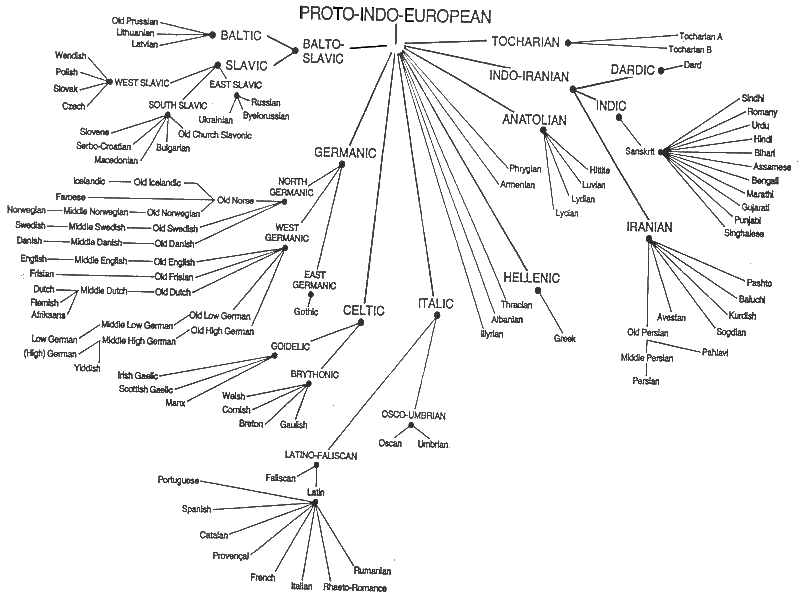Tonight I watched the 'making-of' documentary for Ar y Tracs (see my previous blog). Co-Author Catrin Dafydd spoke about the importance of bridging the gap between Welsh and English in order to capture the complexities and humor that arises from bilingualism in Wales. Also interesting was to see her and Ruth Jones discussing their co-authorship. Here's a quote from Dafydd ('English' marked in bold for readablility):
The second point is about using other people's codes. Right at the end, Dafydd sub-titles her Welsh (hyderus, confident, also just before this quote with "... dwyiethyddiaeth, bilingualism ..."), presumably for the benefit of the less-fluent Jones. In fact, you can see Dafydd struggling with having to monitor her speech to make sure it's understandable while also trying to make a complicated point. Finally, she switches into English ('And actually the perspective ...'), which they both understand. Once Dafydd has collected her thoughts, she switches back into Welsh for the remainder of the sentence ('really accessible i ddysgwyr...').
My research focuses on why humans have a great capacity for bilingualism. The quote above demonstrates that it may be easier to adopt the 'code' of another than be constantly monitoring your own code to make sure they will understand you.
"Ac on i'n dweud 'Oh what about this', ie, 'galla hi dweud hwn' you'd say 'wouldn't it be simpler if she just said this', a wnest ti cynnig pethau yng Ngymraeg. An' actually the perspective of someone who's learned the language really helped the script I think because hopefully it's going to be something, ti'n 'mod, really accessible i ddysgwyr ac i bobol sy ddim mor hyderus, confident, yng Nghymraeg."A couple of interesting points here. First, a minor point about the difficulty of deciding which language is being spoken. In the final phrase (it's going to be something, ti'n 'mod, really accessible i ddysgwyr...), it's difficult to tell when Dafydd has swiched to Welsh. The first 'Welsh' words are 'i ddysgwyr', but there's evidence to suggest that switching has before this. First, 'really' is considered a loan word by many. In fact, an analysis of Dafydd's speech would be necessary to determine if she considered 'accessible' as a Welsh word, too. Furthermore, one would need to survey Dafydd's use of Welsh and English interjections to determine whether '"ti'n 'mod" (y'know) was a marked cue to language alternation.
(And I'd say 'Oh, what about this', ye, 'she could say this' you'd say 'wouldn't it be simpler if she just said this', and you'd suggest things in Welsh. And actually the perspective of someone who's learned the language really helped the script I think because hopefully it's going to be something, y'know, really accessible to learners and to people who are not so confident, confident, in Welsh)
The second point is about using other people's codes. Right at the end, Dafydd sub-titles her Welsh (hyderus, confident, also just before this quote with "... dwyiethyddiaeth, bilingualism ..."), presumably for the benefit of the less-fluent Jones. In fact, you can see Dafydd struggling with having to monitor her speech to make sure it's understandable while also trying to make a complicated point. Finally, she switches into English ('And actually the perspective ...'), which they both understand. Once Dafydd has collected her thoughts, she switches back into Welsh for the remainder of the sentence ('really accessible i ddysgwyr...').
My research focuses on why humans have a great capacity for bilingualism. The quote above demonstrates that it may be easier to adopt the 'code' of another than be constantly monitoring your own code to make sure they will understand you.


































